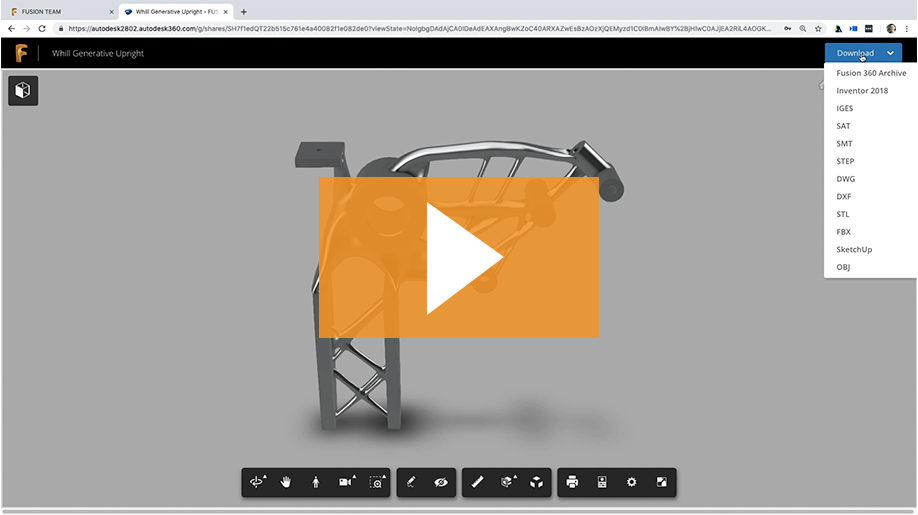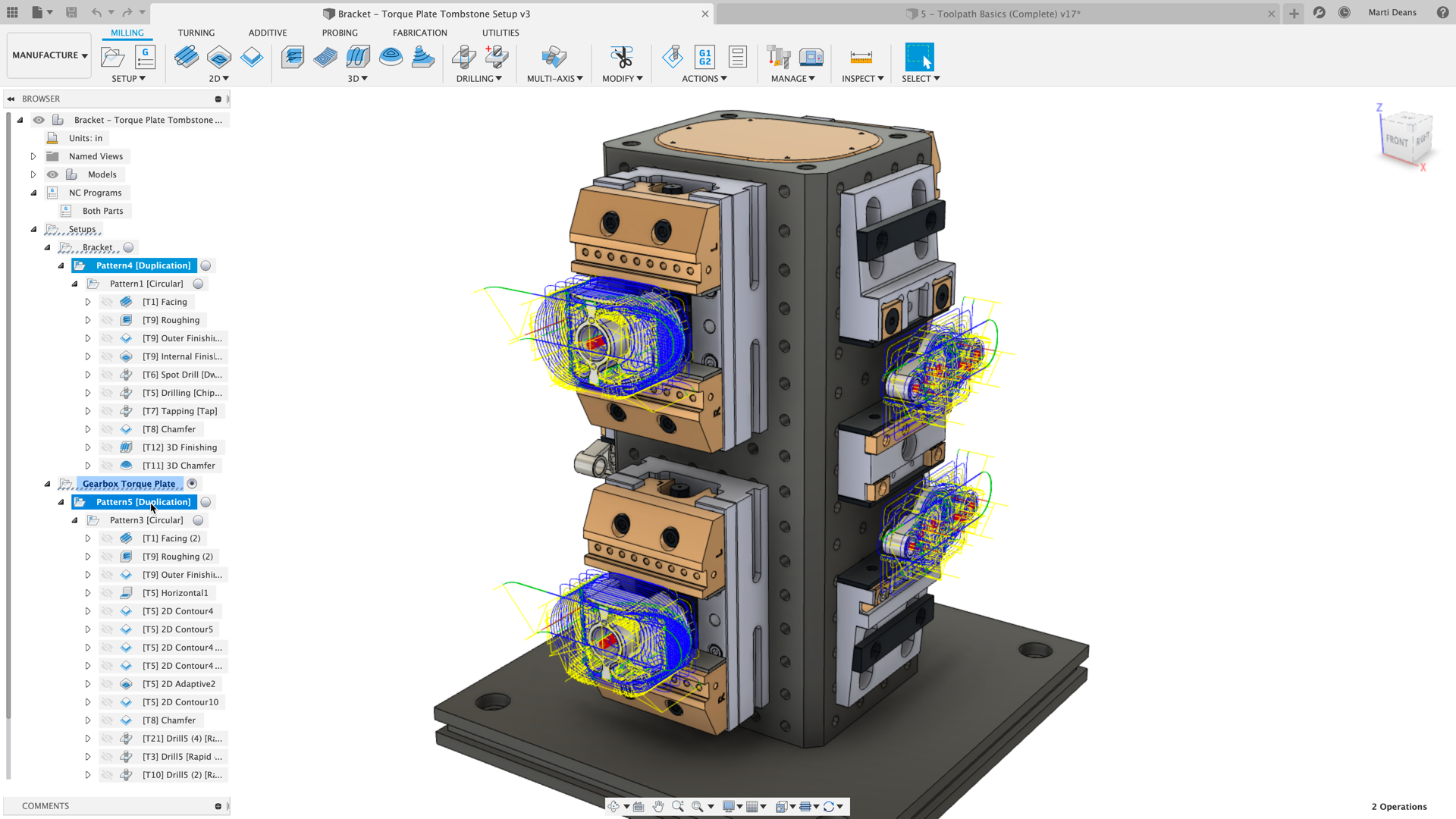

- Fusion 360 free for enthusiasts update#
- Fusion 360 free for enthusiasts full#
- Fusion 360 free for enthusiasts pro#
- Fusion 360 free for enthusiasts software#
- Fusion 360 free for enthusiasts license#
PRO TIP: Use a 3-button mouse! It's so much easier than using a trackpad. The overview here should get you pretty well oriented to the interface and give you an idea of how the program works.īut before we dive into a full-fledged 3D model, I'll quickly run through the interface.

Fusion 360 free for enthusiasts software#
If you're the type of person who likes to learn software by going through every function it can perform, this channel is a good place to start. But if you haven't spent any money or invested time in another program, believe me when I say you won't be sorry you went with Fusion 360.įusion 360 has a great Youtube channel with lots of helpful videos. There are a number of other programs out there that could be used to produce the same results, and if you're comfortable with something else (especially if you've already paid for it), there's no reason why you shouldn't stick with it. It makes digital fabrication a breeze, especially laser cutting. I've been 3D modeling for over 13 years, and I can tell you honestly that this program is perfect for the kind of work I do: furniture, toys, machines, household products, etc. Though all your files are backed up on the cloud and rendering is taken care of there, you don't have to rely on a high-speed internet connection to use the program.
Fusion 360 free for enthusiasts license#
If you make less than $100K per year using it, you just renew with a startup license every year and keep using it free of charge.

Fusion 360 free for enthusiasts update#
It's really awesome to have the CAD and CAM together in the same program, because when you change your model, the tool paths update automatically. Fusion has a super sophisticated CAM environment that lets you create all kinds of tool paths, which we'll get into later. It's available on Mac and PC, and it's proven to be very stable on both platforms in my experience. It's easy to create simple models with it, but there's nothing holding you back from modeling a fully articulated gas engine if you want to. Once you get through the basics, there's really no limit to the complexity of the things you can design with it. You can go from zero knowledge about 3D modeling to making simple objects in an afternoon. The UI has been carefully designed from the ground up to be clean, minimal, and simple. That's not exactly the case, and here's why:
Fusion 360 free for enthusiasts full#
FULL DISCLOSURE: Fusion 360 is an Autodesk product, and Instructables is an Autodesk company, so this might seem like a biased choice. Once that is done, the body turns transparent.Fusion 360 is pretty much all I use nowadays in terms of 3D software. If you hit the possible alignment points in the first place, it skips the second click to choose it. For cylinders that's the ends and the center, for faces, it's the corners, center points of the edges and the center. Click the face, then choose one of the available points. For our part, let's take the big part's hole. Now, what if the components are not in position like the bolt is in the wrong position entirely? Well, start with components, as shown above, then we'll see:Ĭhoose the first Component, then seek the point which face-position (or for cylinders: position on centerline) shall be the first component's joint-point shall be. If for example, I choose "rotation", I can choose a rotation center by placing a node as seen here: But there are other ways, which are in the menu that popped up: If you had them in the right position in the first place, they will stay that way. This means the parts don't shift one against the other. Now, click both components and at first it will start to shake the screen, having chosen "Stiff" combination. Now we want to combine them as modeled, right? Ok, let's do that, it's easy! get out the dropdown from the combine menu and press combine as modeled (Ctrl + J) Repeat for the other part, so your tree should show 2 components now. well, first, let's start and put them into components! Highlight one, then choose the "new component" command, and make sure it stays highlighted, from bodies is chosen then hit enter. Of course, these two are modeled "in place" but that hasn't to be: Let's assume we have these parts, a bolt, and a part into which it hinges. You then can start to define them as components. Once you have bodies, you can pretty much move them around in the timeflow. Fusion shows this by making any "well defined" line as black in contrast to blue, like shown here: When you design the parts from the base up, you should lock the very first sketch to the origin in some way or another. There are several ways to lock items together.


 0 kommentar(er)
0 kommentar(er)
